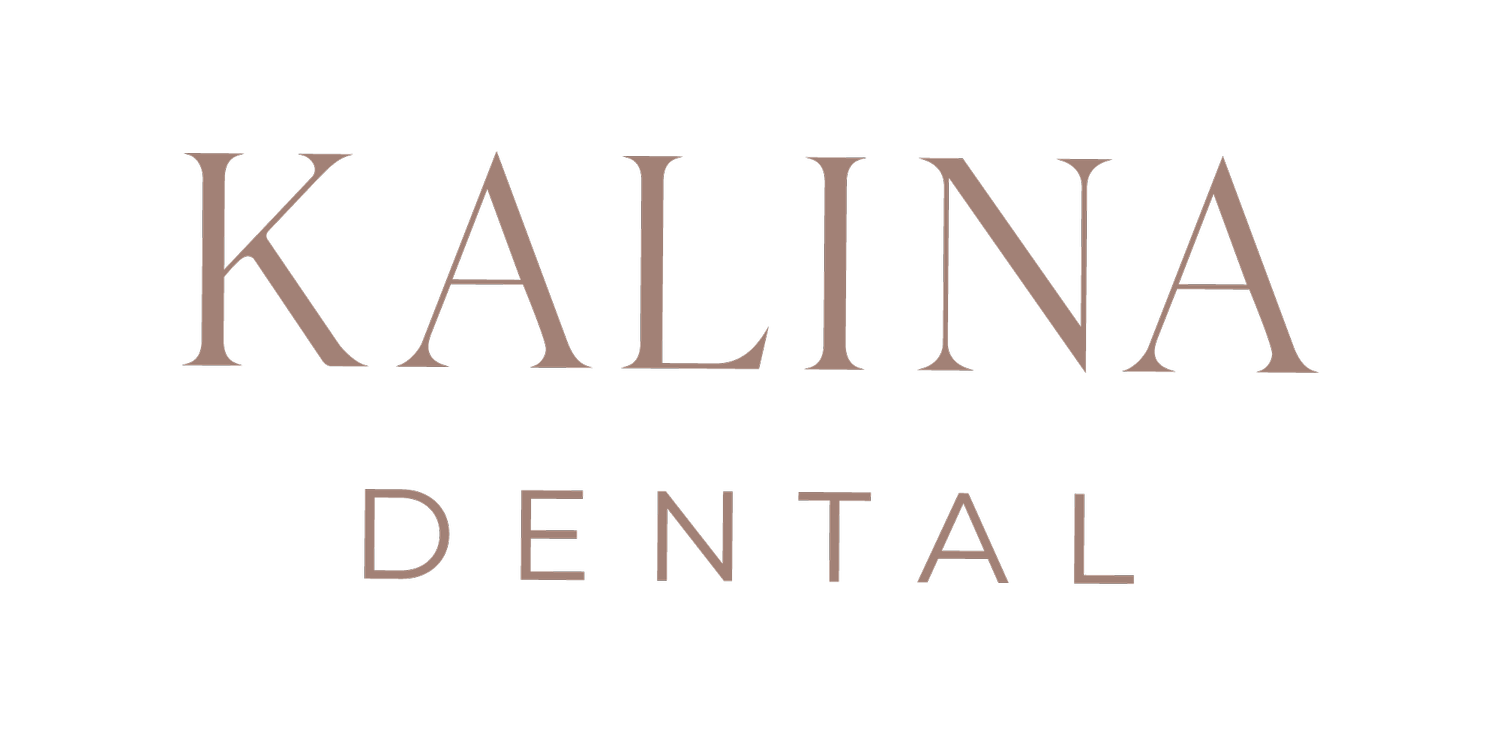TOOTH ANATOMY 101
A tooth is a complex structure composed of several layers and parts, each serving a specific function. Here's an overview of the anatomy of a tooth:
1. Crown
Enamel: The outermost layer of the crown. It is the hardest and most mineralized tissue in the body, providing a protective shell for the tooth against decay and wear.
Dentin: Beneath the enamel lies the dentin, a yellowish, porous tissue that makes up the bulk of the tooth. Dentin is less hard than enamel and contains microscopic tubules that transmit signals to the nerve of the tooth.
Pulp Chamber: The innermost part of the tooth, containing the pulp. The pulp chamber houses nerves, blood vessels, and connective tissues that nourish the tooth.
2. Neck
The neck, or cervical line, is the area where the crown meets the root. It's also where the enamel ends and the cementum begins.
3. Root
Cementum: A bone-like tissue covering the root, cementum anchors the tooth to the periodontal ligament, which connects the tooth to the jawbone.
Root Canal: The part of the pulp cavity that extends down the root, carrying the nerves and blood vessels from the pulp chamber to the apex (tip) of the root.
Periodontal Ligament: This fibrous connective tissue holds the tooth in place in the jawbone, acting as a shock absorber during chewing.
Apex: The tip of the root where blood vessels and nerves enter the tooth from the surrounding bone.
4. Supporting Structures
Alveolar Bone: The part of the jawbone that contains the tooth sockets (alveoli). The tooth roots are embedded in this bone.
Gingiva (Gums): The soft tissue that covers the alveolar bone and surrounds the teeth. The gingiva provides a seal around the teeth and helps protect against bacterial invasion.
This anatomy allows teeth to perform their essential functions, including chewing, speaking, and contributing to facial structure.
